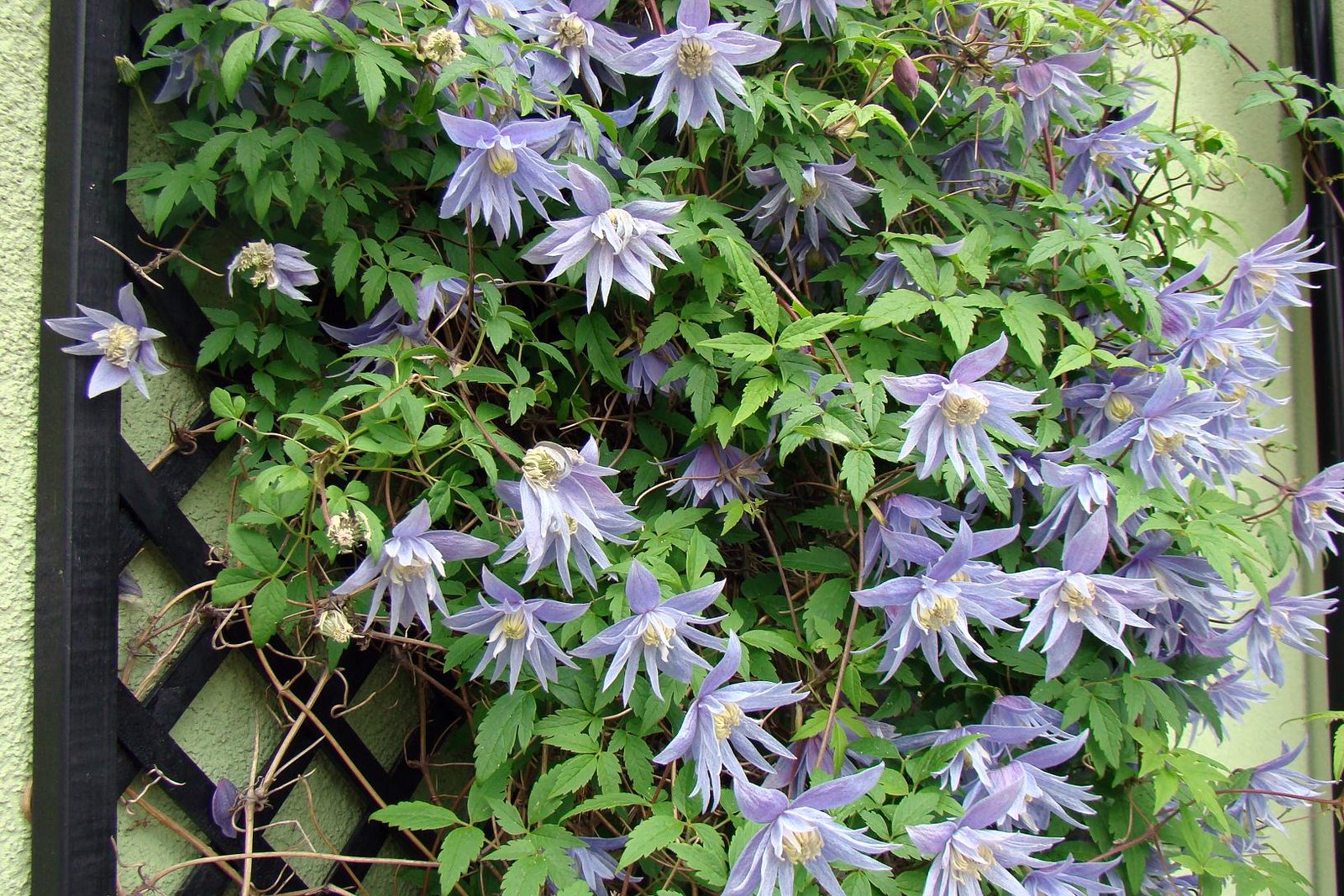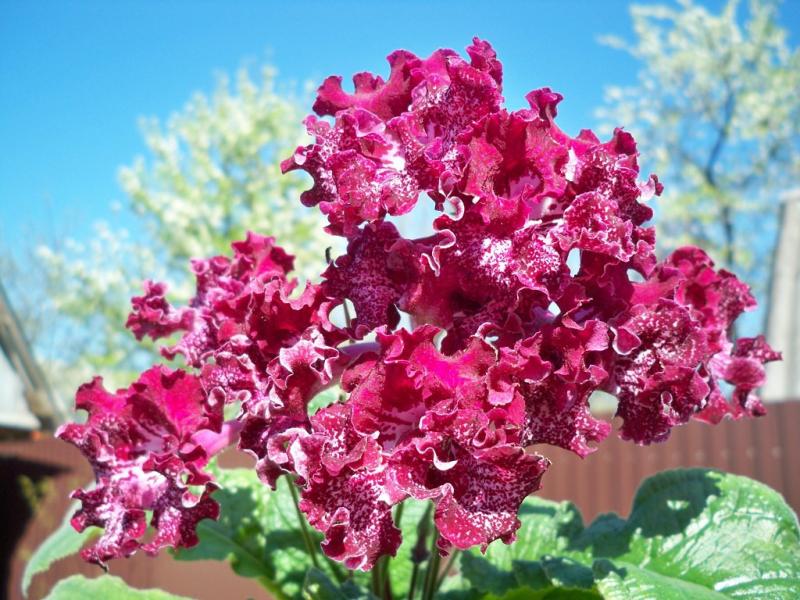Plant a kobei to make your backyard look smart and bright. This beautifully blooming shrub vine is simply made for garden landscaping. The homeland of the thermophilic climbing plant is the mountain forests of the subtropics and tropics of Central and South America. In our country, as a rule, it is grown as an annual plant, since the kobei does not always tolerate our frosts.
Content
Kobei: photo and description
The plant is characterized by long, above 7 m, stems, on which complex feathery leaves are in the next order, and the tips of the branches are complemented by tenacious antennae, due to which the flower can detach itself from the ground on its own, clinging to any base. Kobei grows rather quickly, in a short time, decorating huge areas with natural cover.
The plant blooms with large (about 9 cm in size) "bells", which create a pleasant musky aroma: long pedicels form from axillary leaves during the growing season, which are crowned with single or group of 3-5 flowers with a large pistil and stamens. Young leaves of the inflorescence first have a yellow-green tint, then the flower turns purple or white (depending on the type of cobei). The fruits of this plant are capsule-like, which are leathery and firm to the touch, filled with small, round seeds.
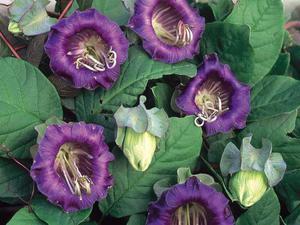
If the sun will often pamper the plant with its warmth and light, then the kobei will definitely reciprocate: in excellent weather, the flower grows surprisingly quickly. Moreover, the fibrous powerful roots of the flower actively use nutrients from the environment.
In his family kobei there are 9 varieties, of which only one variety has taken root in ornamental gardening, which is also called kobei creeping, or, as it is also called, "monastery bells". This type of plant is successfully grown as an elegant decoration of a personal plot.
Features of landing kobei
The growth stage of a kobei from seed to a beautifully growing vine can be roughly divided into two main processes:
- at the initial stage, kobei seeds are planted for seedlings;
- at the next stage, the germinated seeds are transplanted into the ground.
Tropical "living" determined the main character trait of this plant: the kobei does not tolerate negative temperatures, therefore it is cultivated as an annual plant. You can get this beauty on your personal plot only by planting kobei seeds.
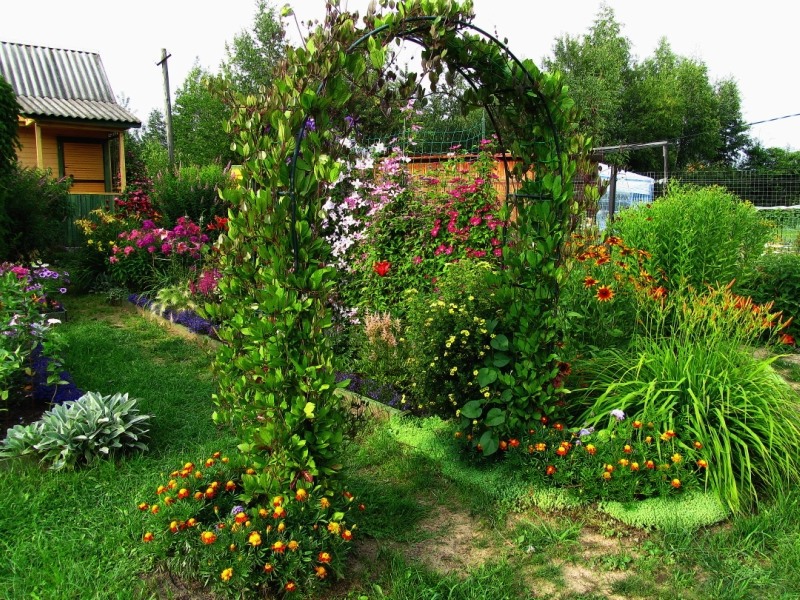


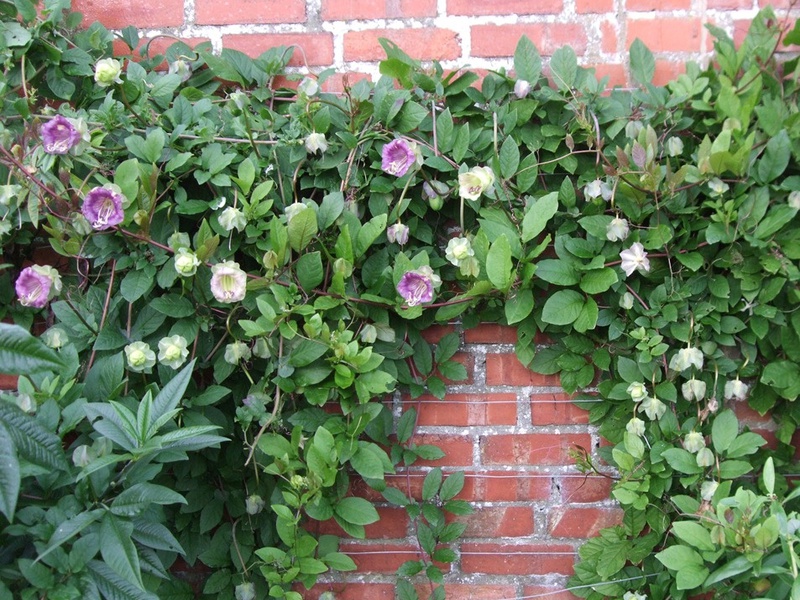
How to plant kobei seeds?
We offer you to get acquainted with the instructions for growing kobei:
- work with seeds begins in early spring... The bottom of the wooden container is covered with several layers of thick toilet paper or gauze, then this flooring is impregnated with a dilute solution of manganese (potassium permanganate). Vine seeds are placed one at a time at a short distance from each other. The container with the upcoming seedlings is preserved using plastic wrap;
- the place for the container is selected warm, under the indirect rays of the sun... It's okay if the seeds are unexpectedly covered with mucus: in this case, they are washed with a manganese solution, the lining paper is replaced, and clean planting materials are re-placed on it. Gentle seedlings are formed in about 18-21 days. When the sprouts grow up a little, they are planted in a common container;
- the approximate diameter of the total container for plant transplanting is about 9-11 cm... Loose soil is poured into this pot and seedlings are dug in to a depth of 1.6 cm.Each seed is spread horizontally, with the flat side to the bottom. With the formation of the first leaf on the seedlings, it is transplanted into a separate container, not forgetting to set a peg in the ground - a "pack".
- for planting on open ground (mid-spring), seedlings must be prepared in advance... For 16-22 days before disembarkation, the seedlings need to be hardened, for this they put the container on the loggia at night. This should not be done if there is still frost at night;
- growing quickly, seedlings are strongly stretched, and this greatly reduces their decorative properties. To create a branchy and lush crown, young shoots need to be pinched;
- for normal acclimatization of a young plant, they select the most closed from drafts and the sunniest area, for example, near the wall of a house or near a fence. Kobei will be able to put up with the lack of sunlight, but the constant shadow will not give the liana an opportunity to show all its beauty during flowering. With the arrival of summer, the planting pits, located at a distance of 80–100 cm between themselves, are filled with sod soil, peat and humus. Saplings are placed here without removing the earthen lump. While weak seedlings have not yet begun to weave, they create a support in the form of pegs. A little later, when the shoots are already getting stronger, the plant will independently be able to climb onto the support installed nearby.
Conditions and care of a kobe after transplanting into open ground
 Liana is actively growing and spends a lot of its energy in order to climb upward with its antennae - and it is quite logical that this plant necessarily requires abundant and steady watering, as well as a large amount of nutrients, to grow. Especially meeting these needs becomes relevant when summer days are dry and sultry... Moreover, it is always necessary to carefully monitor that after watering the vines, water does not stagnate in the soil, otherwise the root system of the kobei will certainly suffer from the ubiquitous fungal infections.
Liana is actively growing and spends a lot of its energy in order to climb upward with its antennae - and it is quite logical that this plant necessarily requires abundant and steady watering, as well as a large amount of nutrients, to grow. Especially meeting these needs becomes relevant when summer days are dry and sultry... Moreover, it is always necessary to carefully monitor that after watering the vines, water does not stagnate in the soil, otherwise the root system of the kobei will certainly suffer from the ubiquitous fungal infections.
Kobea grows quite quickly, but begins to bloom only after weekly baits - it is necessary to start adding fertilizers even from the time of growing young sprouts from seeds in closed ground. The bait must be alternated:
- First, the soil where the kobea grows is saturated with organic fertilizers;
- Then mineral supplements.
At the beginning of the growing season, the plant most of all needs nitrogen, and before flowering (early July) - in phosphorus, potassium and various useful trace elements. The bait must be carefully dosed: if you give the kobei an excessive amount of nitrogen, then the vine will actively release leaves, because of this, the flowering time will significantly decrease. A unique fact: the sour the soil, the brighter the red color the inflorescences of the plant acquire, if there is a lot of lime in the soil, then the blue color predominates in the flower petals.
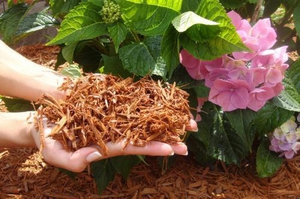 Trunk soil circles certainly mulch with sawdust, peat or any other material towhich is organic in order to be able to control the degree of humidity.
Trunk soil circles certainly mulch with sawdust, peat or any other material towhich is organic in order to be able to control the degree of humidity.
Kobei is strongly "loved" by all kinds of garden pests, including spider mites and aphids, therefore this plant must be frequently examined and treated with insect repellents, if necessary.
Wintering kobei
As we said above, a tropical liana is grown in our conditions as an annual plant, especially since it is quite simple to grow a beautiful liana from a small amount of seeds.At the same time, some summer residents manage to preserve this shrub in winter, so that with the departure of the spring frosts on the backyard there is already an adult, last year's plant.
This is actually a challenge to nature itself: organizing the wintering of a kobee and not ruining it is a rather difficult task, since this plant is, first of all, quite large, and the vine does not take root very well after transplantation. However, this emotional shake-up is only good for the plant. As practice has shown, the kobei, having coped with the winter, begins to bloom earlier and does it quite actively.
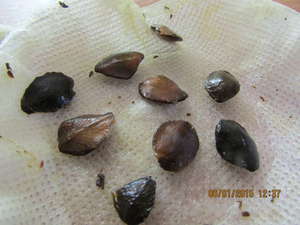 How to keep kobei in winter?
How to keep kobei in winter?
With the onset of autumn, at the end of September, all the foliage is removed from the plant and carefully dug out. The most important thing is not to damage the roots - the root system, although quite large, is very fragile. Store the plant itself in a container, placing it in a cool and dark room at a temperature of at least 9-11C. The cellar is most suitable for this.
In winter, the kobei is in a dormant state, and this plant does not need care. Periodically, it is necessary to check the ground in which the roots of the vine are located, monitoring its normal moisture level. With the onset of spring, the plant is moved to a warm and bright place., slowly increasing the amount of watering the vines. The plant is returned to its original place on the personal plot at the beginning of summer, when the insidious frosts are already far behind. Care and planting of the kobei, which managed to endure the winter, are the same as for annual plants.
In mother plants that were able to overwinter, cuttings are cut for vegetative propagation of the bush. When, after wintering, the plants begin to form young shoots under the influence of heat and sunlight, the strongest of them is prepared for this purpose: they are carefully cut so as not to deform the mother plant, and stored in wet sand until the shoots create their own root system ... Young seedlings are transferred to the open land when good weather normalizes.
Florists who have been growing this climbing vine for a very long time talk about one unique feature: the cobe, which is grown not from seeds, but from cuttings, begins to bloom earlier, but not as brightly and actively as the one grown from seeds.
Growing kobei in garden compositions
Florists like to grow the "branchy" beauty for its cheerful, lush appearance and significant growth on any surface where only the liana can get. Here's how you can freshen up and refine your home garden with the help of kobei:
 If you grow a kobei next to a fence, then the plant will occupy it in a very short time, hiding the house and the plot from prying eyes. The large bells of this plant on a high fence look quite impressive.
If you grow a kobei next to a fence, then the plant will occupy it in a very short time, hiding the house and the plot from prying eyes. The large bells of this plant on a high fence look quite impressive.- With the help of a wildly growing kobe, you can easily hide the unsightly and dull walls of outbuildings.
- The plant planted near the gazebo near the southern side of the house will wrap a dense canopy around the supports and block the house from the outside world with a lush green wall.
- The highlight of the infield will be a green living arch - this is exactly what this liana needs, which, it seems, cannot stand still for a second - it is constantly growing!
- In order to plant greenery at the resting place at the summer cottage, the kobei is placed in a deep stable container with large supports and installed along the perimeter of the garden.
- In a large flower garden, the kobei will make a magnificent company of lobelia, petunia and verbena.
- With the help of the pliable and long branches of this plant, you can beautifully divide the area into different zones.
For many gardeners, the kobei is a rather capricious home flower. But those people who have decided to grow this flower crop, and will create the right care for it, will be able to get a magnificent plant as a result, which will decorate a flower garden on a balcony or a personal plot.
